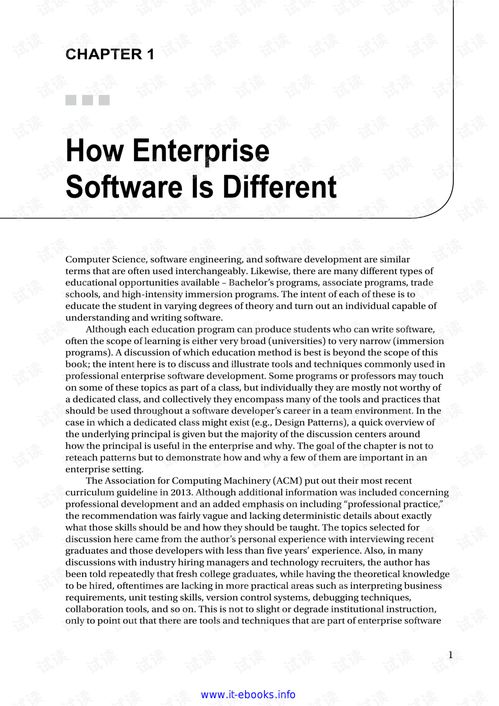Content:
Introduction: Fishing is a popular outdoor activity that requires patience, skill, and a deep understanding of the basics. One of the most crucial aspects of fishing is choosing the right bait and changing the bait heads regularly. This article aims to provide you with valuable tips and techniques on how to change fishing bait heads effectively, especially for those who enjoy fishing every day.
Understanding the Importance of Changing Bait Heads: The bait head is an essential component of fishing tackle, as it holds the bait in place and ensures it moves naturally in the water. Regularly changing the bait head is crucial for several reasons:
a. Freshness: Over time, baits can become stale or lose their scent, which can deter fish from biting. Replacing the bait head with a fresh one can increase your chances of catching fish.
b. Adaptation: Different fish species and conditions may require different types of baits. By changing the bait head, you can adapt to various fishing scenarios and improve your chances of success.
c. Maintenance: Regularly changing the bait head helps maintain the integrity of your fishing tackle, preventing potential damage or wear and tear.
Choosing the Right Bait Head: Selecting the appropriate bait head is essential for successful fishing. Here are some factors to consider when choosing a bait head:
a. Size: The size of the bait head should match the size of the bait you are using. Larger baits require larger bait heads, while smaller baits can be accommodated with smaller bait heads.
b. Shape: The shape of the bait head should complement the shape of the bait. For example, a round bait head is suitable for round baits, while a cone-shaped bait head is ideal for cone-shaped baits.
c. Weight: The weight of the bait head should be appropriate for the fishing conditions. Heavier bait heads are better for casting long distances, while lighter bait heads are suitable for finesse techniques.

Techniques for Changing Bait Heads: Changing the bait head is a straightforward process that can be mastered with practice. Here's a step-by-step guide:
a. Gather Your Materials: Ensure you have all the necessary materials, including the fishing rod, reel, line, bait, and the new bait head.
b. Loosen the Knot: Begin by loosening the knot securing the old bait head to the fishing line. This can be done by sliding the knot down the line or using a fishing knife to cut the line.
c. Remove the Old Bait Head: Once the knot is loose, carefully remove the old bait head from the line. Be cautious not to damage the line or the fishing tackle.
d. Attach the New Bait Head: Slide the new bait head onto the line, ensuring it is securely in place. Double-check that the bait head is aligned correctly with the fishing line.
e. Tie the Knot: Re-tie the knot to secure the new bait head. Choose a strong and reliable knot, such as the Palomar knot or the improved clinch knot.
f. Adjust the Bait: Make sure the bait is properly positioned on the bait head, ensuring it is free to move and attract fish.
Tips for Successful Bait Head Changes: Here are some additional tips to help you master the art of changing fishing bait heads:
a. Keep Your Tackle Organized: Organize your fishing tackle and keep the necessary materials readily available. This will save you time and effort when changing bait heads.
b. Practice Makes Perfect: Changing bait heads is a skill that improves with practice. Spend time mastering the technique to become more efficient and effective.
c. Be Mindful of the Environment: When changing bait heads, be mindful of the environment and avoid littering. Dispose of any old tackle properly.
Conclusion: Changing fishing bait heads is a fundamental skill for daily anglers. By understanding the importance of changing bait heads, selecting the right bait head, and mastering the techniques for changing them, you can enhance your fishing experience and increase your chances of success. Remember to practice regularly and stay organized to become a proficient angler. Happy fishing!












